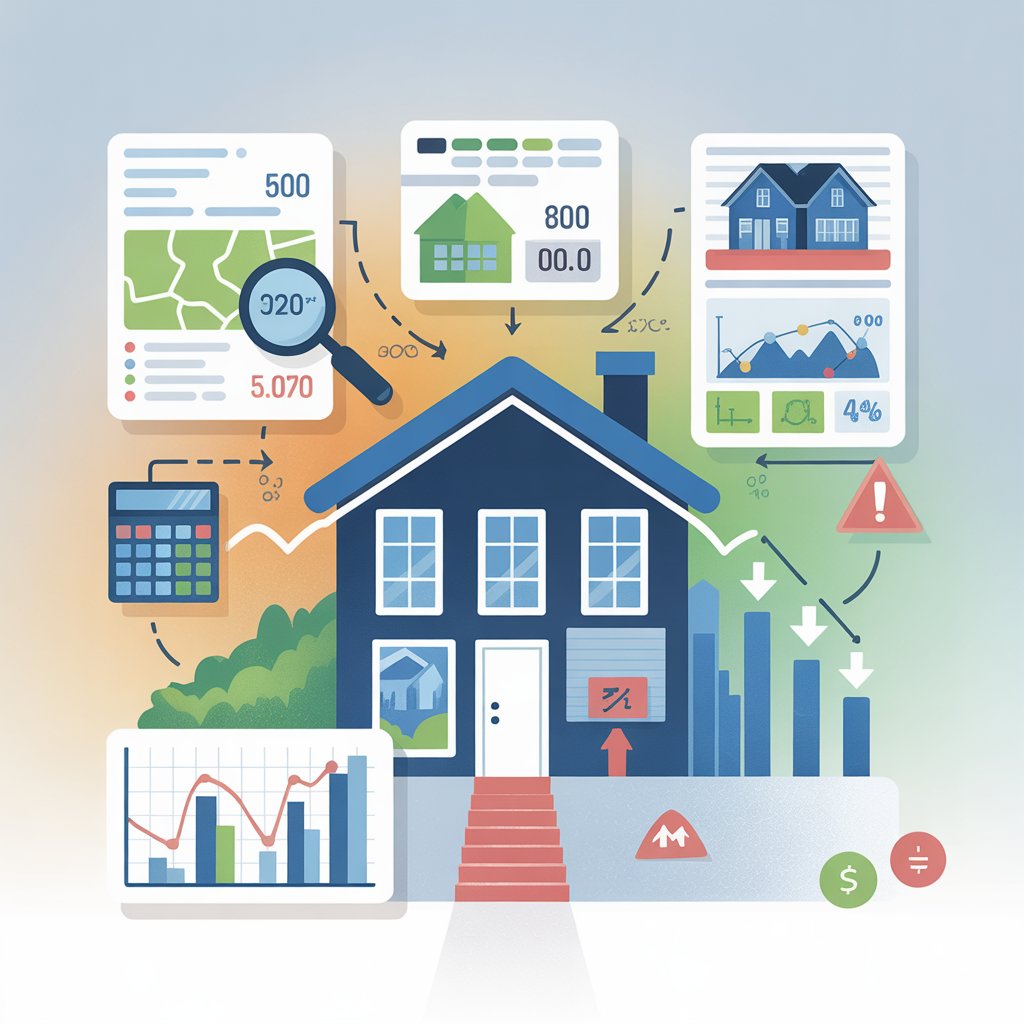Investing in commercial property Australia can be a strong way to generate stable income and build long-term wealth. Commercial properties offer opportunities that residential investments do not always provide, such as office spaces, retail outlets, and industrial warehouses. Nevertheless, it will not be necessary to scroll through the listings to find the most desirable commercial property to purchase; instead, this will require research, financial planning, and strategic decision-making. Understanding the types of property, conducting location analysis, analysing market trends, and aligning purchase and investment objectives are key steps that will help you make a well-informed, confident decision.
Understand the Types of Commercial Property
Commercial properties are available in all kinds, suitable for their investment plans. Offices can attract long-term tenancy from corporations; retail will benefit from the influx of passengers; industrial will cater to logistics and warehouses; and mixed-use will provide a combination of income streams.
Awareness of property type differences helps investors determine which opportunity best suits their objectives.
What to Consider
- The market demand and the type of tenant to be targeted.
- Potential rental income and stability of income.
- Maintenance and administrative needs.
This preliminary knowledge of property types enables buyers to narrow their search to the best property for their objectives.
Research Sites and Trends of Markets
One of the most important considerations in purchasing commercial property is location. Regions characterized by high economic activity, accessibility, and infrastructure are more likely to attract reliable tenants whose property values may increase over time. The new business centres can also be high-risk, high-return opportunities.
Demographics, local business activity, vacancy rates, and future infrastructure development are other areas buyers should research.
Key Factors
- Trends in population and business development.
- Close to transport, commercial centres, and facilities.
- Vacancy rates and demand by tenants.
- Planned infrastructure or urban development.
By understanding market trends, you can determine whether the purchase you make has long-term potential and will be well placed to attract rental income as well as capital growth.
Set a Clear Budget and Financial Plan
When seeking commercial property, an explicit budget is necessary. In addition to the purchase price, there are stamp duty, legal fees, maintenance costs, property management, and insurance. Getting pre-approval for financing and understanding your borrowing power helps you feel more confident in your search.
Comparing possible rental revenue with costs determines whether the investment is sustainable.
What to Include
- Pre-approval of loans and borrowing power.
- Potential rental revenue against operational expenses.
- Contingency funds for emergency repairs or empty rooms.
- Stamp duty, legal fees, and management expenses.
Effective financial management enables buyers to focus on properties within their budget and long-term goals.
Determine Property Quality and Potential
The condition of a business property will directly affect its value and usability. Structural problems, compliance gaps, or operational constraints that can influence profitability can be detected through professional inspections.
The layout, accessibility, parking, and facility features are among the considerations when analysing a property. Additionally, assess the feasibility of renovating or expanding to accommodate the future tenant’s requirements.
Points to Review
- Compliance with structural integrity and safety.
- State of electrical, plumbing and HVAC systems.
- Parking, access, and facility usability.
- Expansion or renovation opportunity.
Conducting a comprehensive evaluation ensures the property is a good long-term investment and minimises unexpected costs.
Reflect on Long-term Investment Objectives
How will the property fit into the overall investment strategy before you buy? There are investors interested in stable rental income and those interested in long-term capital growth or resale value. Lease contract testing, tenant stability, and market stability are used to forecast the long- and short-term effects.
Coupling a property to your investment objectives is the way to ensure the property remains relevant to your needs as they change. This is a strategic move that enables you to make decisions that can sustain your returns and flexibility in the future.
Work with Professionals
The commercial property market is complex, and professional involvement can be crucial. Real estate agents, property managers, legal counsellors, and financial advisors help provide information on market trends, prices, and legal compliance.
Their advice assists in negotiations, due diligence, and property management plans to minimize risk and build confidence. Consumers who are more likely to negotiate with the help of an expert are better able to recognise high-potential properties and close deals that achieve their financial and operational goals.
Final Section
The process of identifying the optimal commercial property to sell in Australia requires thorough research, planning, and professional advice. Knowing the types of property, studying the areas and market dynamics, creating a realistic budget, assessing the property’s condition, aligning with long-term aspirations, and considering the expertise of specialists will help buyers make their choice and avoid common errors. A systematic, well-designed approach would mean that all investments are sustainable, lucrative, and poised to succeed in the present and future.
For more details, visit Vitality Real Estate.








Leave a Reply